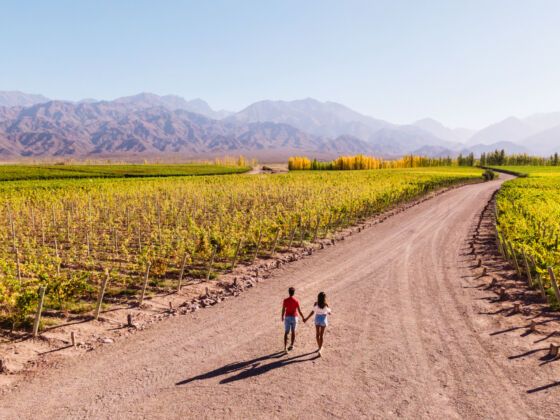AFTER A WEEK in Buenos Aires dancing the tango and discovering just how delicious a malbec can be, it’s time to head to Mendoza to visit Argentina wine country.
Mendoza produces what is widely considered the best malbec in the world. Even though tons of foreign investment has poured in over the last few years, the commercialization of wine tourism has not yet caught up with the newfound popularity.
